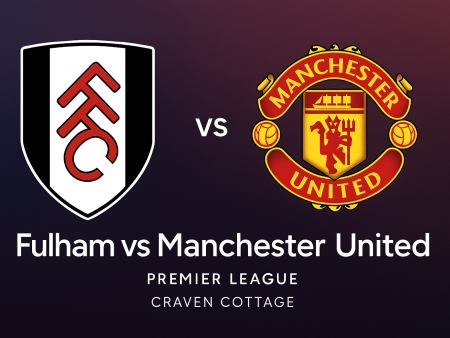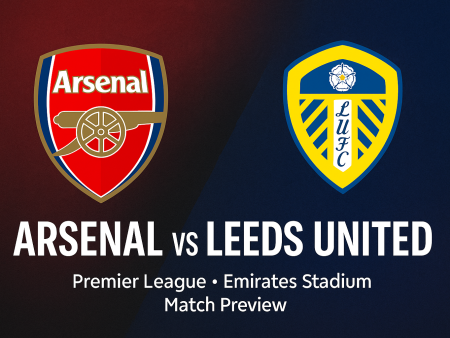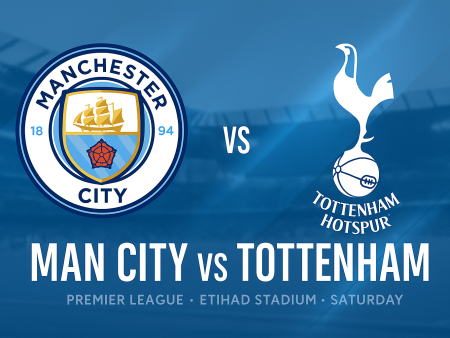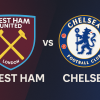Strategic Adjustments Every Canadian Premier League Team Should Make Ahead of Matchday 2
The Canadian Premier League’s fourth season began with high anticipation and tactical intrigue, including a rematch of the previous year’s Playoff Final. This detailed analysis explores what adjustments each club should consider after opening fixtures, drawing on match observations and trends to help teams build upon both strengths and weaknesses heading into Matchday 2.
Optimizing Atletico Ottawa: Enhancing Right Flank Stability
Atletico Ottawa opened the season with a determined performance against Cavalry FC, ceding more possession but maintaining resilience. The upcoming absence of Drew Beckie due to suspension presents a challenge, particularly on the right flank. Ottawa’s system alternated between a 3-5-2 in possession and a 4-4-2 when defending, with Tabla playing higher up as a right winger rather than a true wing-back—a tactical nuance that has raised debate.
Looking forward, Ottawa should emphasize a natural, defensively adept wing-back on the right, ensuring stability and balance, especially with Beckie unavailable. Miguel Acosta made a significant impact in the closing stages by winning a decisive penalty; starting him could solidify both defensive and offensive patterns, giving Ottawa better structure against upcoming opponents.
Cavalry FC: Solidifying Defensive Organization and Substitution Strategy
Cavalry FC generated numerous opportunities in their opener but failed to capitalize, taking 16 shots without a goal. Tightening up defensively against Forge FC is crucial, particularly on the left side where Forge pose persistent threats through talents like Terran Campbell and Kwasi Poku. Karifa Yao’s role in covering advanced positions left by Daan Klomp’s movement must be managed carefully to prevent breakdowns on the flank.
Manager Tommy Wheeldon Jr. should rethink late-match substitutions, ensuring key attackers such as Ali Musse remain on the pitch to maximize their attacking potential. Strengthening organization, especially during Forge’s set-piece situations, may also be pivotal in securing points.
FC Edmonton: Prioritizing Attacking Initiative and Frontline Cohesion
FC Edmonton approached their first match with a defensive mindset, offering little in attack until forced to respond after conceding. The second match against York United calls for a more proactive approach, especially in the opening half. Deploying Tobias Warschewski as a central striker from the start will be essential, following Julian Ulbricht’s struggles in front of goal.
With Wesley Timoteo’s creative delivery from wide areas and Azriel Gonzalez’s pace on the left, Edmonton can form a dynamic front three capable of breaking opposition lines. Positioning Warschewski centrally—in his favored number nine role—maximizes goal threat and allows Edmonton’s most potent attackers to combine more effectively.
Forge FC: Addressing Set-Piece Vulnerabilities and Rebalancing Wide Play
Despite a difficult opening fixture, Forge FC will be eager to rebound. Their initial strategy focused on left-side build-up, using long diagonal balls to push wing-backs forward and supporting inside runs from forwards like Terran Campbell. Ashtone Morgan’s injury forced them to alter this plan, but re-emphasizing left-sided play could be a pathway against Cavalry.
Forge’s main concern, however, is their susceptibility on defensive set-pieces, having conceded from such situations in consecutive matches. The team must refine their marking and positional strategies—possibly by double-marking dangerous aerial threats or restructuring player assignments, particularly during corner routines. Enhanced concentration on second balls and tracking runners into the box will help limit costly lapses.
Halifax Wanderers FC: Unleashing Fluid Attacks and Maximizing Midfield Synergy
Halifax Wanderers made an impact with a lively attack on opening day, but struggled to consistently convert open play opportunities. João Morelli’s forward role, supported by the dynamic movement of Aidan Daniels and Gagnon-Laparé, created promise but occasionally led to congestion in dangerous areas.
To optimize their threat, Halifax should foster complementary movement between these key players—allowing both Morelli and Daniels the freedom to interchange and exploit space. Leveraging Daniels’ dribbling in fast transitions and ensuring supportive, coordinated actions among the midfield trio will yield greater attacking fluidity.
Pacific FC: Maintaining Defensive Focus and Sustaining Attacking Threat
Pacific FC impressed with a well-earned win over two-time champions Forge, demonstrating tactical discipline and effective wide combinations. However, the side experienced a noticeable drop in defensive organization following substitutions. Central defender Abdou Samake struggled in crucial moments, highlighting the importance of maintaining concentration and adjusting marking—especially on set-pieces where Forge found late chances.
Head coach James Merriman should plan rotations that preserve defensive shape and ensure attacking prowess is sustained if key figures like Marco Bustos cannot complete the full match. Additionally, building play from the back should prioritize the ball-playing abilities of Meilleur-Giguère, who showed excellent composure and vision in the opener.
Valour FC: Converting Dominance into Decisive Results
Valour FC dominated possession and controlled long stretches of play against FC Edmonton, but allowed their advantage to slip after halftime. The inability to break Edmonton’s back line with meaningful final-third entries or capitalize on Moses Dyer’s intelligent movement was evident, as multiple long-range efforts proved ineffective.
Valour must focus on quicker vertical progression through the thirds, eschewing speculative shots for more purposeful combinations and penetrative passes. Increasing involvement for attacking talents like William Akio—and encouraging seamless rotation among Dyer, Akio, and Catavolo—will create the unpredictability needed to unlock disciplined defenses.
York United: Boosting Attacking Options and Shoring Up Defensive Gaps
York United endured a lethargic first half but improved considerably after introducing Diyaeddine Abzi, whose attacking directness created clear chances and revitalized team momentum. Ensuring Abzi starts, potentially alongside creative midfielder Isaiah Johnston, will add much-needed spark and cohesion in the final third.
Defensively, York must reduce fouling and maintain structural discipline, as wide gaps between midfield and defense contributed to conceding goals and collecting cards. A tighter high block and minimizing space between lines can help counter swift opposing attacks, particularly when facing pace-driven offenses.
Conclusion: Setting the Stage for an Exciting Matchday 2
Each team in the Canadian Premier League faces unique tactical challenges as they look to refine their identity and strategies for Matchday 2. By implementing targeted adjustments—whether it’s stabilizing flanks, optimizing offensive personnel, or tightening defensive routines—clubs can position themselves for stronger performances heading into the next round of fixtures. The league promises more captivating battles, with marquee clashes like Forge vs. Cavalry set to deliver even more tactical intrigue and entertainment.







